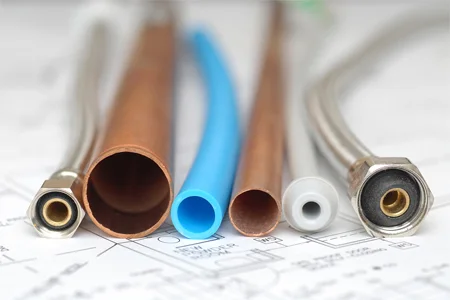Dec . 03, 2024 16:20 Back to list
Water Supply Pipe Installation for Under-Sink Connections in Home Plumbing Systems
Understanding Under-Sink Water Supply Lines A Comprehensive Guide
Water supply lines under the sink play a critical role in the plumbing system of your home, providing essential access to water for various fixtures, including sinks, dishwashers, and garbage disposals. When facing plumbing issues or contemplating renovations, understanding the function, materials, installation, and maintenance of these supply lines is invaluable. In this article, we’ll delve into the essentials of under-sink water supply lines, exploring their structure, types, and care tips.
What Are Under-Sink Water Supply Lines?
Under-sink water supply lines are hoses or pipes that connect your sink to the main water supply of your home. Often made from materials that resist corrosion and damage, these supply lines ensure that cold and hot water can flow to and from the faucet efficiently.
Typically, you will find two supply lines under a sink one for hot water and another for cold water. These lines are vital for a properly functioning kitchen or bathroom sink and affect the overall performance of fixtures connected to the main water line.
Common Materials Used
The materials used for under-sink water supply lines can vary. The most common options include
1. Copper Known for its durability and resistance to corrosion, copper lines have been a standard choice in plumbing. They can withstand high temperatures and pressures but may require soldering and professional installation.
2. Pex (Cross-Linked Polyethylene) Pex is a flexible alternative that is increasingly popular due to its ease of installation and resistance to scale and chlorine. It can be snaked into tight spaces and does not require fittings for every turn, making it ideal for more complex installations.
3. PVC (Polyvinyl Chloride) While mainly used for drainage, some homeowners use PVC for water supply lines. However, it’s essential to ensure that the specific PVC type is approved for water distribution, as some formulations are not safe.
4. Stainless Steel Braided Hose These lines are often favored for their flexibility and resilience against punctures and kinks. They are a good choice for DIY installations, as they can be hand-tightened and are less prone to leaks.
Installation and Replacement
Installing or replacing under-sink water supply lines can often be a straightforward DIY project
. Here are some general steps to guide you through the installation processwater supply line under sink product

1. Turn Off the Water Supply Before beginning any plumbing work, make sure to turn off the water supply to avoid floods and leaks.
2. Remove the Old Supply Lines Use a wrench to disconnect the old supply lines from the faucet and the shut-off valves. Be prepared with a bucket or towels to catch any residual water.
3. Install New Supply Lines Connect the new supply lines to the faucet and then to the shut-off valves. Be sure to tighten them securely, but avoid overtightening to prevent damaging the fittings.
4. Turn the Water Back On Gradually turn the water supply back on and check for leaks. Inspect the connections for any dripping or moisture.
5. Test the Faucet Once you’ve confirmed there are no leaks, turn on the faucet to ensure everything is working correctly.
Maintenance Tips
To maximize the lifespan of your water supply lines, consider the following maintenance tips
- Regularly Inspect Periodically check the lines for signs of wear, corrosion, or leaks. Early detection can prevent significant damage.
- Replace When Needed If you notice any persistent leaks or corrosion, it’s best to replace the affected lines promptly.
- Keep Them Accessible Ensure that the area under your sink is organized and that the supply lines are not pinched or kinked by other objects.
- Use Water Conditioners If you live in an area with hard water, using a water softener can help reduce mineral buildup in the supply lines, prolonging their life.
Conclusion
Understanding your under-sink water supply lines is essential for effective home maintenance and plumbing. Whether you're fixing a leak, upgrading your plumbing systems, or merely conducting regular maintenance, knowing the types of supply lines, how to install them, and how to care for them will empower you to manage your home more efficiently. With this knowledge, you can ensure that your plumbing system remains reliable for years to come.
-
High-Quality PVC Borehole Pipes Durable & Versatile Pipe Solutions
NewsJul.08,2025
-
High-Quality PVC Perforated Pipes for Efficient Drainage Leading Manufacturers & Factories
NewsJul.08,2025
-
High-Quality PVC Borehole Pipes Durable Pipe Solutions by Leading Manufacturer
NewsJul.08,2025
-
High-Quality PVC Borehole Pipes Reliable PVC Pipe Manufacturer Solutions
NewsJul.07,2025
-
High-Quality UPVC Drain Pipes Durable HDPE & Drain Pipe Solutions
NewsJul.07,2025
-
High-Quality Conduit Pipes & HDPE Conduit Fittings Manufacturer Reliable Factory Supply
NewsJul.06,2025

